While the Pokémon Trading Card Game may look similar to the Pokémon games on the surface, the two are actually quite different. The Pokémon TCG has its own set of procedures, rules, and powerful decks that can take out an opponent in the blink of an eye. The game is actually more similar to Yu-Gi-Oh or Magic: The Gathering in the way its turns and mechanics are structured.
If you’re new to the Pokémon TCG or just dipping your feet in, you may encounter some terms that aren’t from the games. One of those is the Lost Zone, a special TCG mechanic that governs Pokémon revival in matches. It’s a rare but powerful tool, so it’s important to understand what it is and how it works before you enter the world of card battling.
Here’s everything you need to know about the Lost Zone in the Pokémon TCG.
Lost Zone details
Like in the Pokémon games, your Pokémon can be knocked out in the Pokémon TCG. When this happens, they’re normally sent to the Discard Pile. There are a variety of ways to retrieve Pokémon and Energy cards from the Discard Pile, so it isn’t necessarily a death sentence for your team.
The Lost Zone is a different story. Once a card lands in the Lost Zone, there’s no way to retrieve it during that same match. Losing a Pokémon to the Lost Zone means you can no longer use it in battle, while losing an Energy results in fewer ways to initiate attacks and abilities. This can destroy a deck with a strategy based around retrieving Energy from the Discard Pile, in particular. Some Pokémon have the power to send others to the Lost Zone, so keep a close eye on your opponents’ battlers.
Denying players the ability to use their cards isn’t the only thing the Lost Zone is good for. It can also be used strategically: some rare Pokémon have abilities that allow you to use a powerful attack in exchange for sending some of your cards to the Lost Zone. Others have moves that can only be used if you have a certain number of cards in the Lost Zone already as a sort of last-ditch effort to destroy your opponent.
Not very many Pokémon have access to Lost Zone powers. Those that do are generally hard-to-find V and VMAX Pokémon, so you don’t need to worry about your average Wooloo or Sobble coming out swinging. Even so, V and VMAX Pokémon are often the cornerstones of competitive decks, so it’s important to know how to avoid the Lost Zone and how to manipulate it to your advantage.


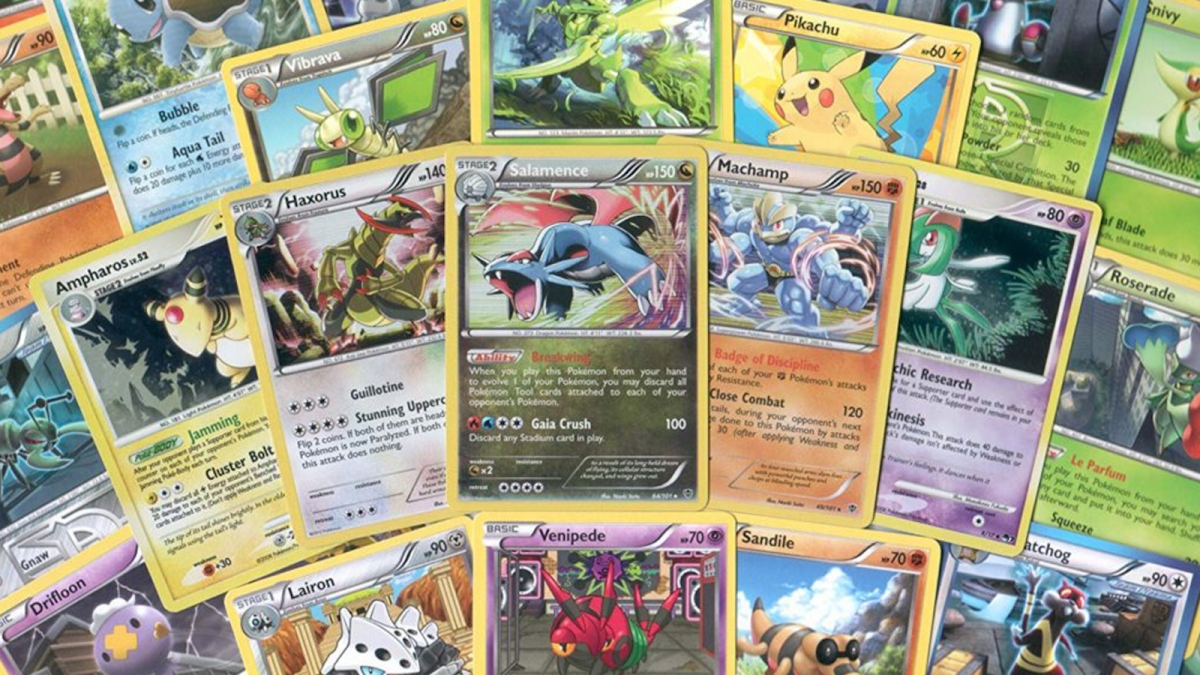
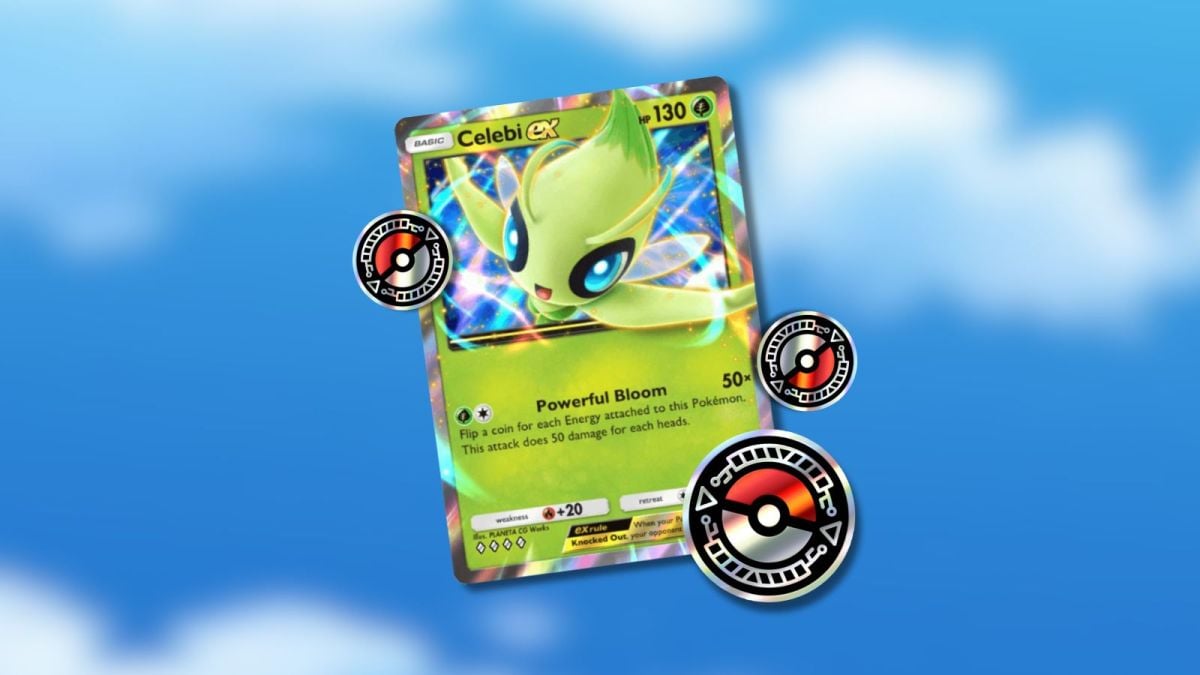
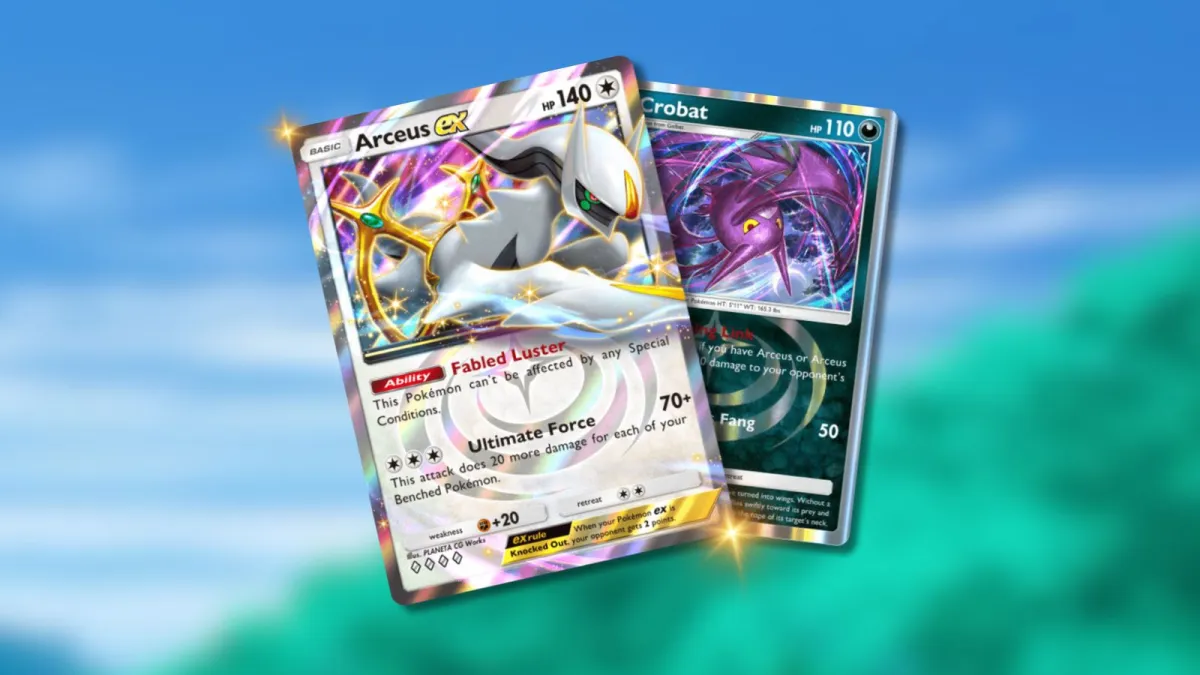
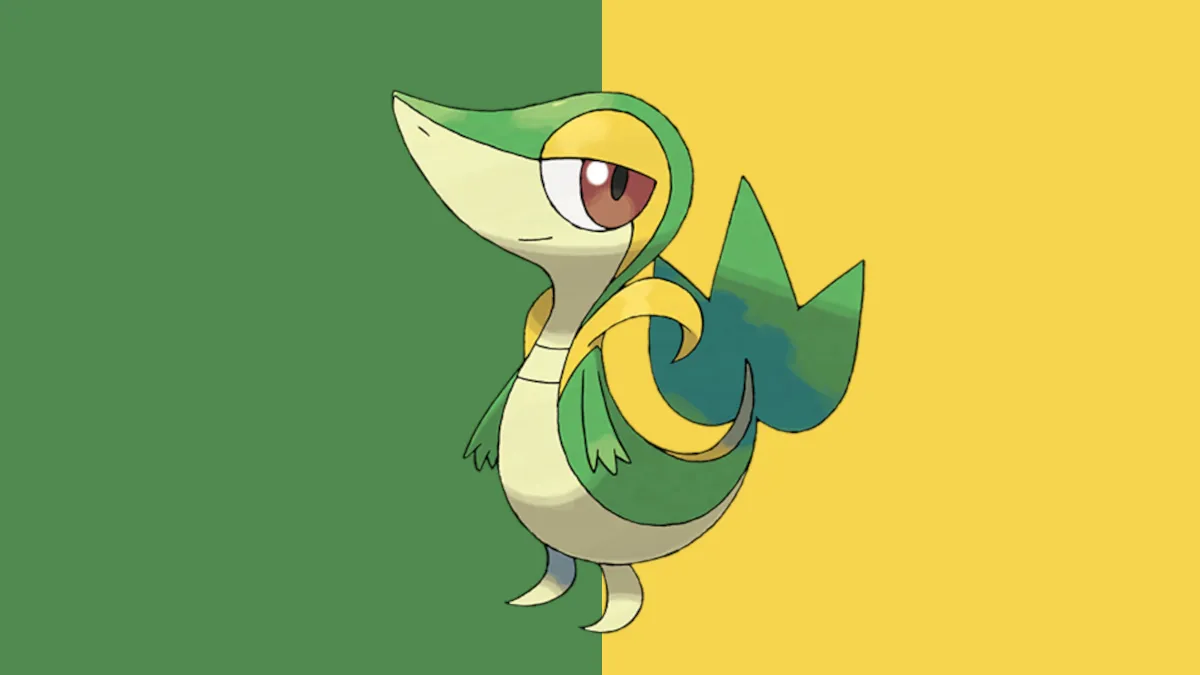
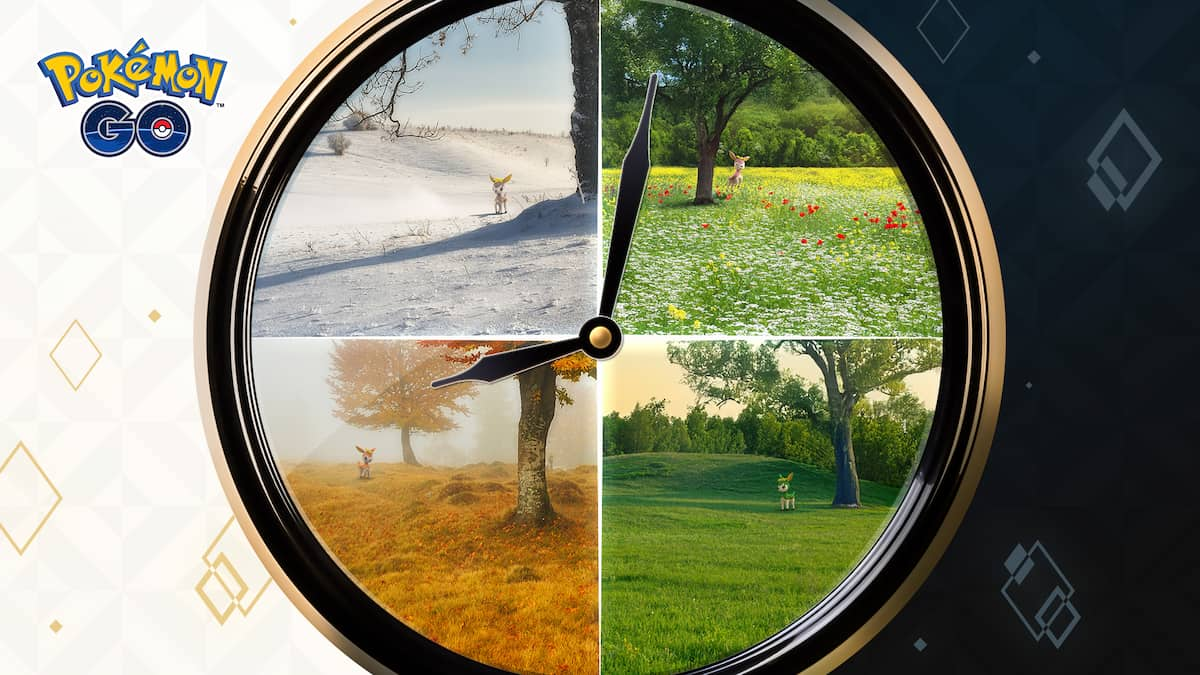
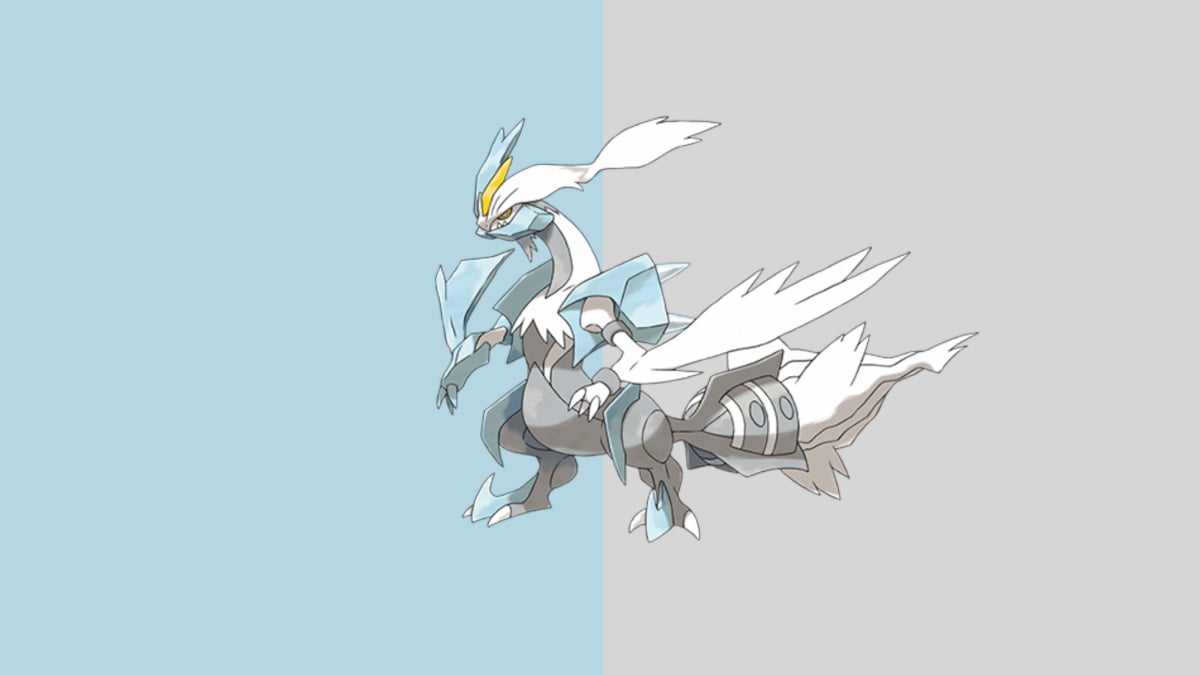
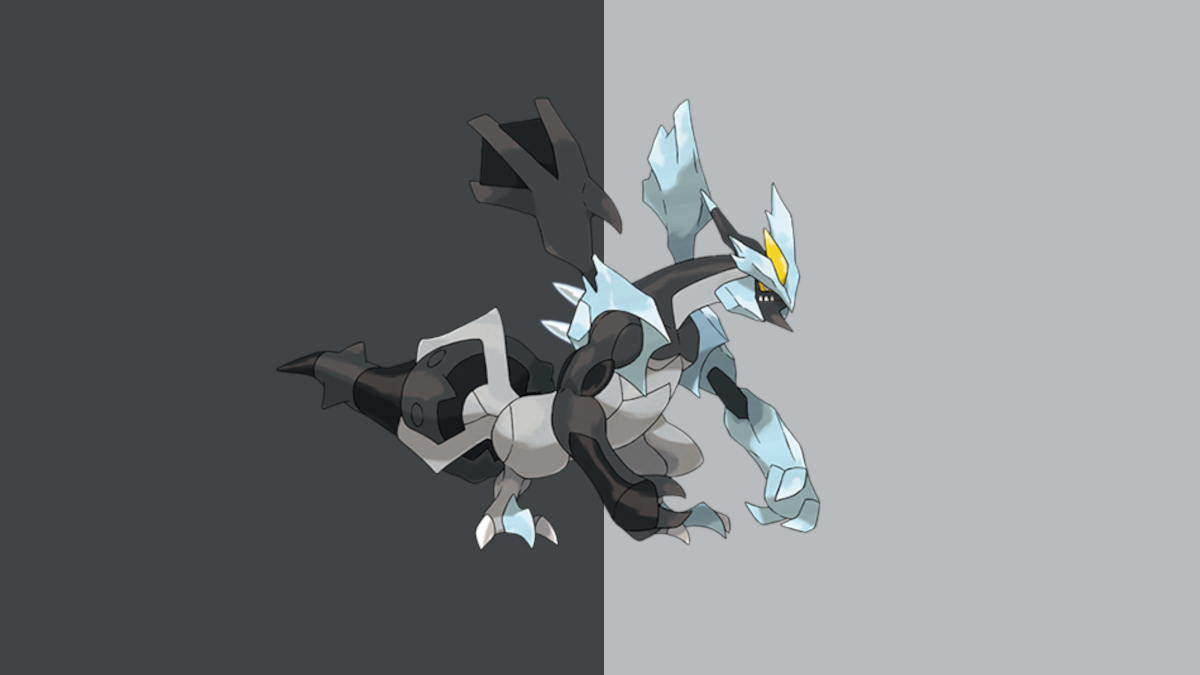
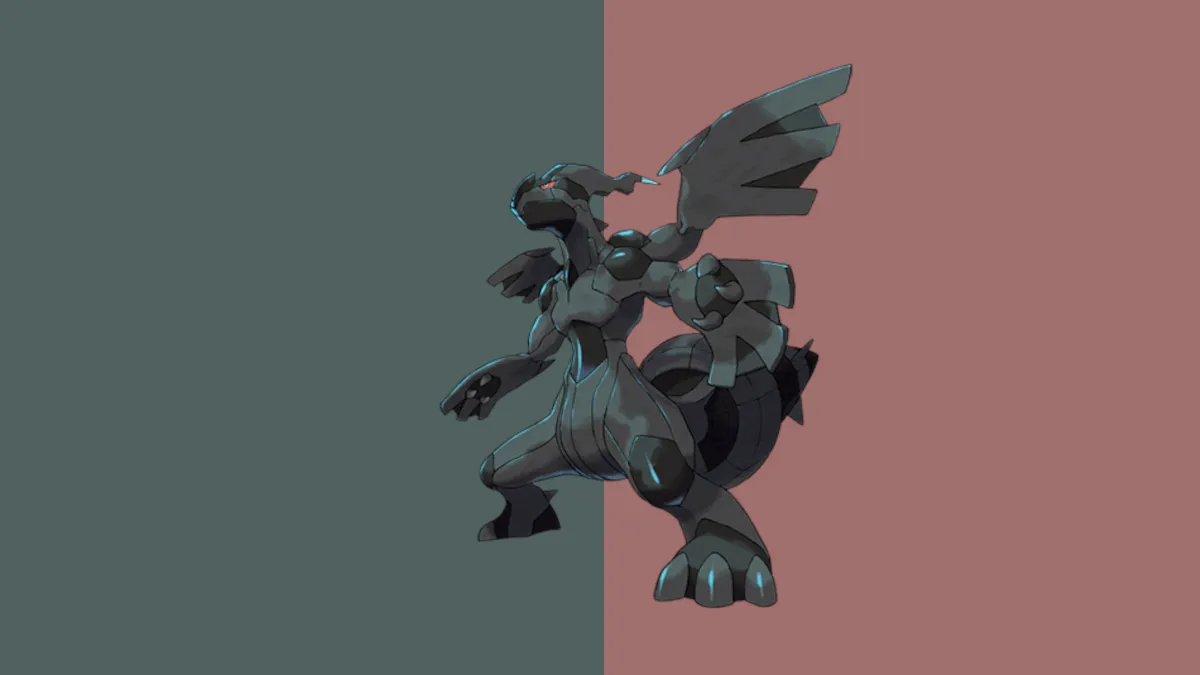
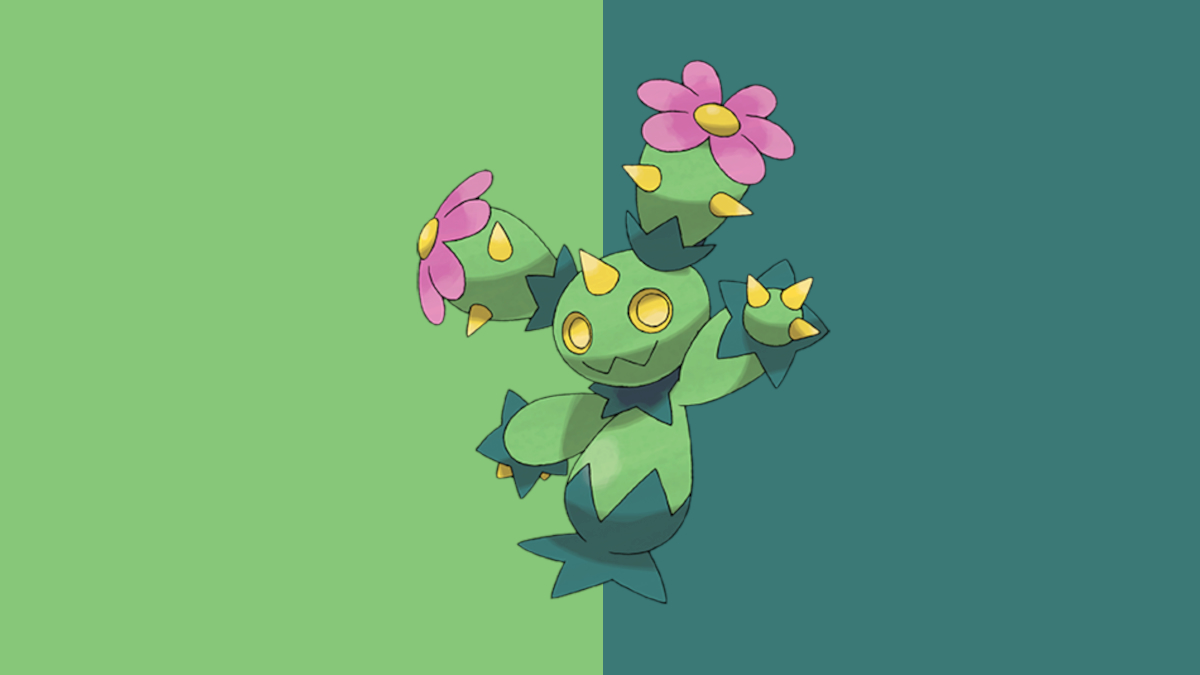
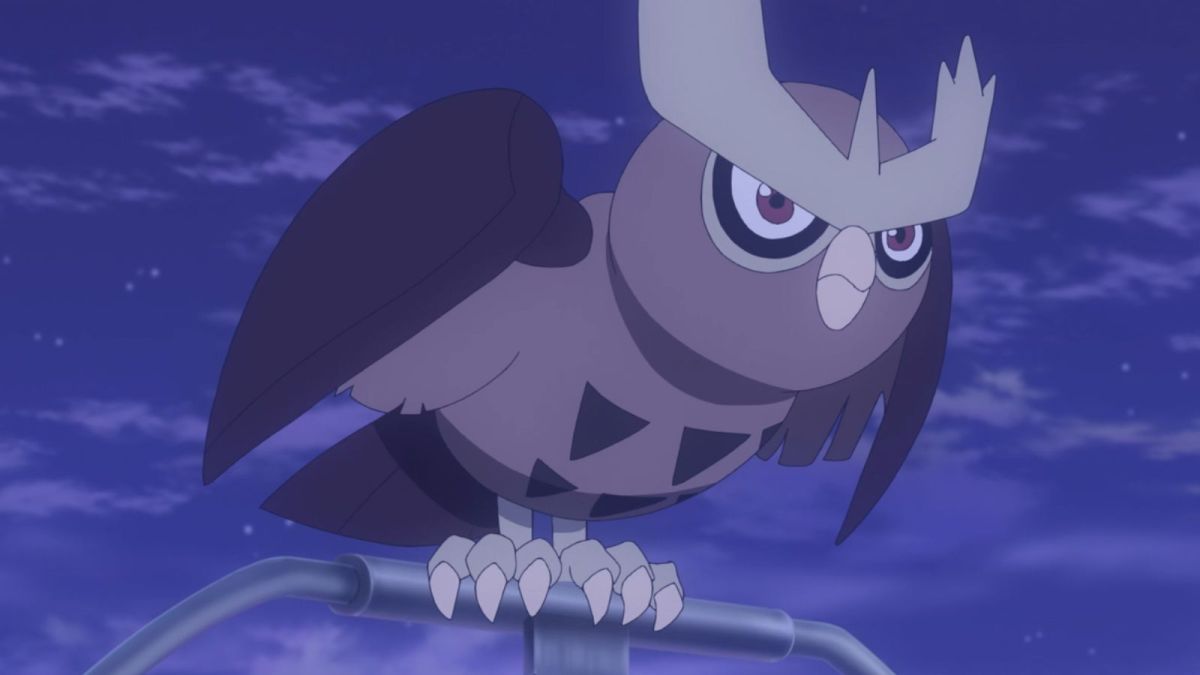
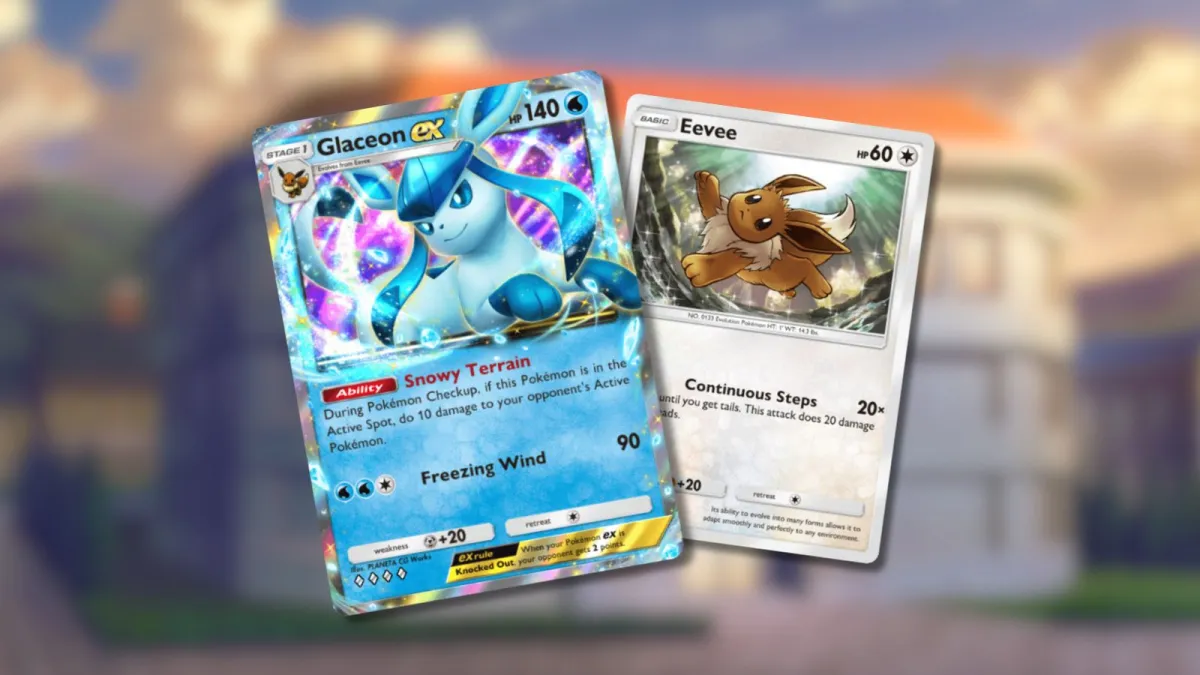
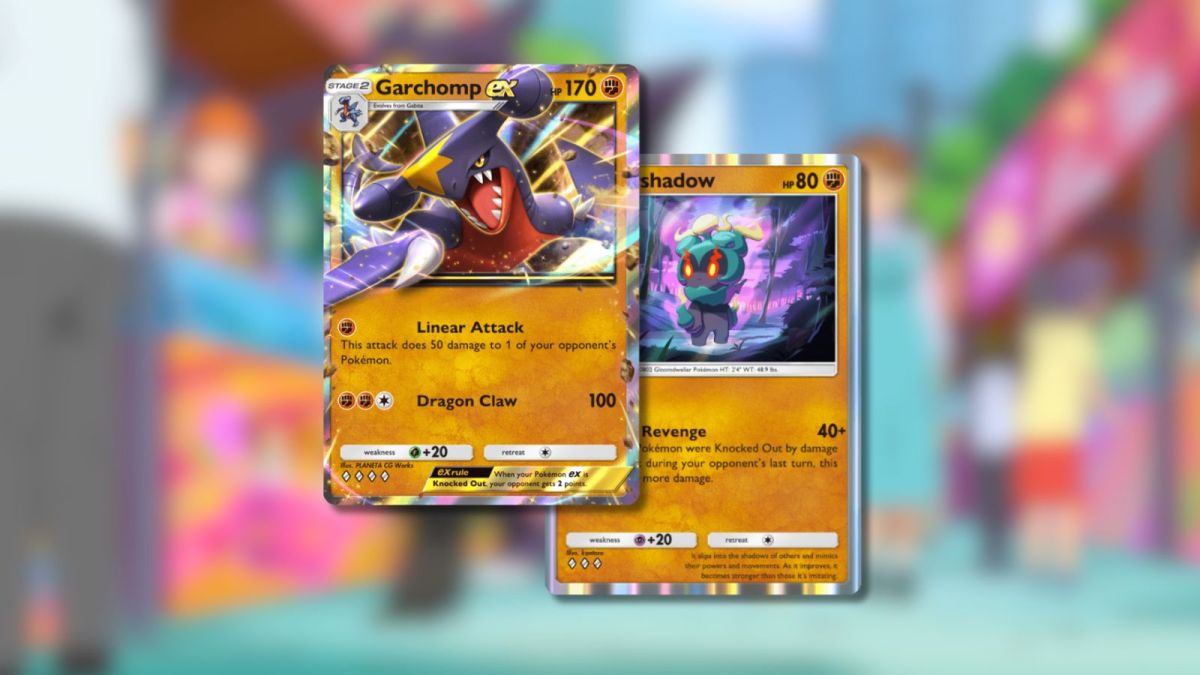
Published: Sep 16, 2022 6:10 PM UTC